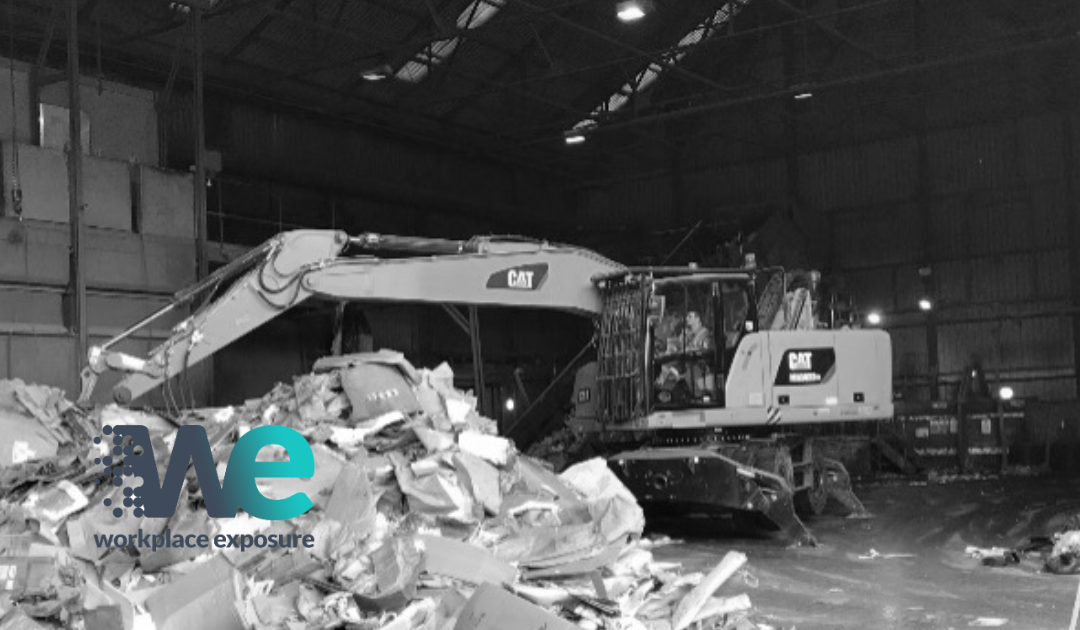Exposure to Bioaerosols and Hazardous Airborne Substances at Waste Handling Sites
The UK has seen an increase in the processing of municipal waste as the Government drives forward with its Circular Economy Package.
The plans include “a target to recycle 65% of municipal waste by 2035 and measures to reduce the amount of waste sent to landfill or incinerated”.
Improvements in health and safety in the waste and recycling industry are therefore an increasing priority.
The collection, separation and composting of municipal waste is required to keep recyclable materials in circulation and to produce biomass fuel for energy.
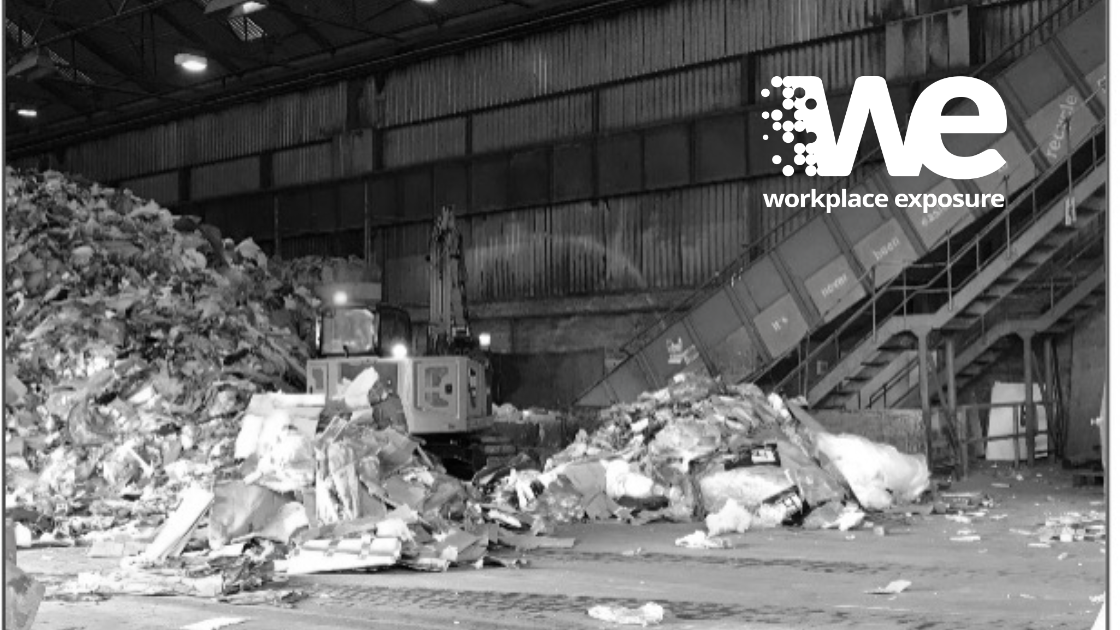
These processes generate bioaerosols (airborne fungi, bacteria, and their cellular components), as well as other hazardous airborne substances, such as dust, and thereby present an occupational health risk to workers.
If exposure to these materials is not adequately controlled, workers are at risk of developing respiratory health problems.
This article provides guidance to support employers in their efforts to protect employees, visitors, and customers from exposure to bioaerosols and hazardous airborne substances at waste handling sites.
It is also intended to raise awareness of the standards employers need to meet, in order to comply with the Control of Substances Hazardous to Health Regulations 2002 (COSHH), as amended, to control exposure and protect workers’ health.
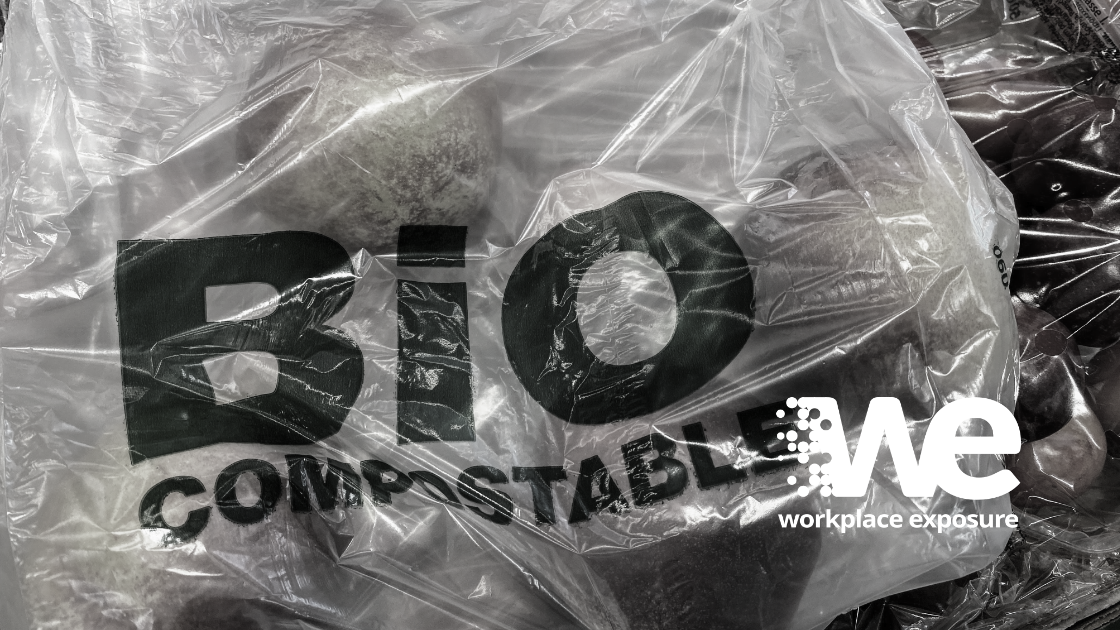
Understanding the Risks to Workers’ Health at Waste Handling Sites
HSE prepared a research report in 2019 in order to obtain a better understanding of the health risks associated with the handling of organic waste at mechanical and biological treatment plants, waste transfer stations, and waste power stations.
The report specifies the control standards that are achievable throughout the industry and highlights several activities that pose a higher risk of exposure to bioaerosols and other hazardous airborne substances.
To conduct the research, HSE visited nine sites that were chosen to act as representatives of organisations within the waste and recycling industry that employ reasonably good health and safety risk management practices.
Investigators measured the exposure to dust and bioaerosols for a range of occupational activities with the existing control methods in place as a means of identifying where control measures are effective and where additional control methods should be considered.
What Control Measures Are Achievable Throughout the Waste and Recycling Industry and How Can Exposure Be Further Controlled?
- Personal protective equipment (PPE) and respiratory protective equipment (RPE) supplied to workers should be adequate enough to protect against exposure to the skin and against hazardous airborne substances. The specification of this equipment should be informed by risk assessment and regular supervision should be carried out to determine when training is required.
- Employers should be able to provide adequate welfare/hygiene facilities for workers. This includes toilets and washing facilities, a place to eat and somewhere to store clothing. By thinking carefully about the layout of these facilities, employers can prevent the contamination of hazardous substances in the workplace. Laundry services should also be provided to further control this risk, as well as to ensure workers are not taking contaminated clothing home to wash themselves.
- Cleaning and maintenance are important control measures for all biomass processing sites and schedules should therefore be strictly enforced. This is especially the case for mechanical biological treatment (MBT) plants, where the automatic sorting equipment requires daily cleaning. Employers can further reduce the risk of exposure to cleaning and maintenance staff by enclosing sorting machinery and conveyor systems and employing cleaning techniques that generate less airborne particulate.
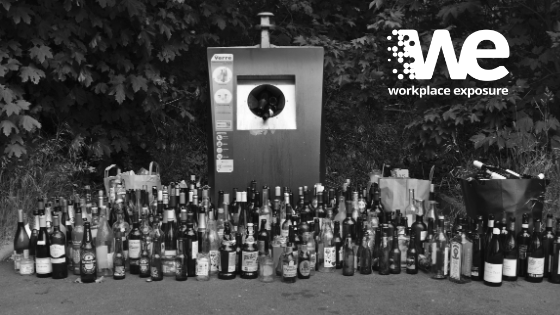
- Local exhaust ventilation (LEV) should be applied to the automated sorting plant at mechanical biological treatment (MBT) sites to carry airborne contaminants away before they can be breathed in. These systems are integral to the plant and their design should be carefully considered, particularly in regard to the enclosure of dust sources (e.g., conveyor belts).
- Although exposure to bioaerosol couldn’t be quantified for the report, HSE suggests that there is growing awareness of the risk that exposure to bioaerosols presents to the respiratory health of workers. Employers are therefore advised to continue to apply the hierarchy of control and employ adequate control measures in line with HSE regulations and guidance.
Which Occupational Activities Present a Greater Risk of Exposure to Bioaerosols and Hazardous Airborne Substances?
The following activities are identified by HSE as presenting a greater risk of exposure to dust and bioaerosols, particularly if exposure to these materials is not adequately controlled:
- Plant cleaning and maintenance
- Automatic sorting and processing at waste treatment plants
- Hand sorting to retrieve dry cell batteries from the waste stream
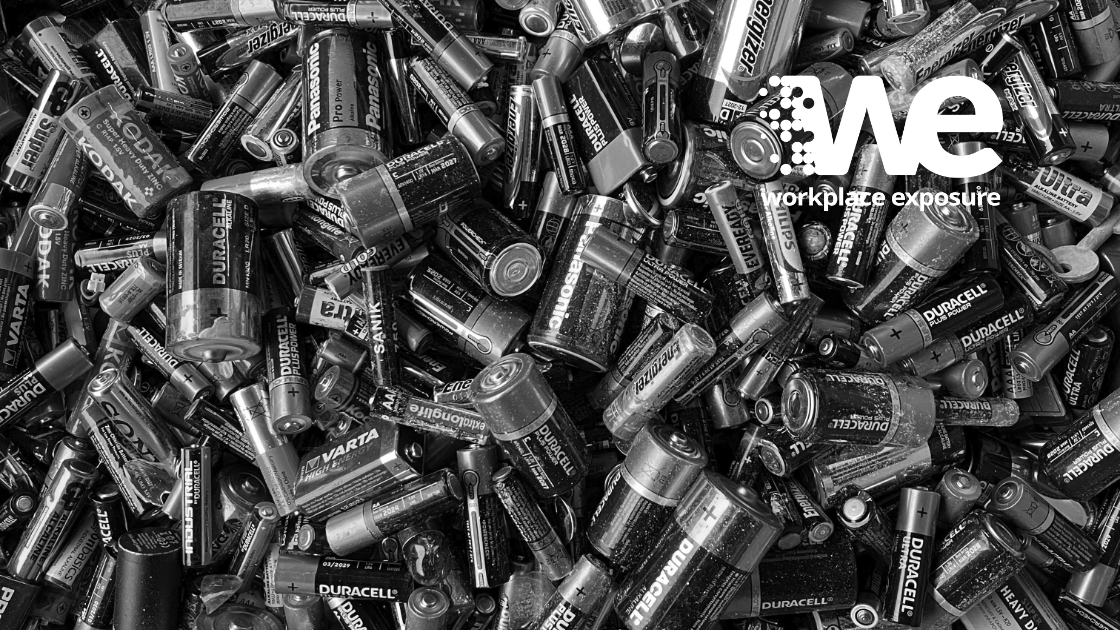
We’re Here to Help
Advancements in plant and process design have helped to minimise the risk of exposure to bioaerosols and hazardous airborne substances at waste handling sites. However, it’s evident that there is room for improvement, particularly in the design of engineering controls, such as LEV, and in the implementation of other control measures to reduce exposure during cleaning and maintenance activities.
In addition to bioaerosols and hazardous airborne substances, it is possible for workers at waste handling sites to be exposed to other hazardous materials, such as volatile organic chemical compounds (VOCs) and toxic metals. It is therefore always advisable to consult an occupational hygienist, such as ourselves, to carry out a risk assessment at your workplace.
At Workplace Exposure, we support employers in their efforts to protect employees, visitors, and customers from exposure to substances hazardous to health, including bioaerosols and hazardous airborne substances, as well as offer professional solutions and advice.
Our approach
Get in touch with Workplace Exposure. Either give us a call on 0800 689 4386, or fill in our enquiry form to discuss your monitoring or consultancy requirements.
We’ll then provide you with a no-obligation proposal, we can often give an initial idea of fees whilst we discuss your needs.
Once you’ve accepted our proposal, we can then schedule the work.
Following our site visit we’ll provide you with a comprehensive report giving you advice, recommendations and control measures where appropriate. Implement the outcomes for compliance and a happier healthier workplace.
Find out more about our health & safety consultancy work or get in touch with us today.
